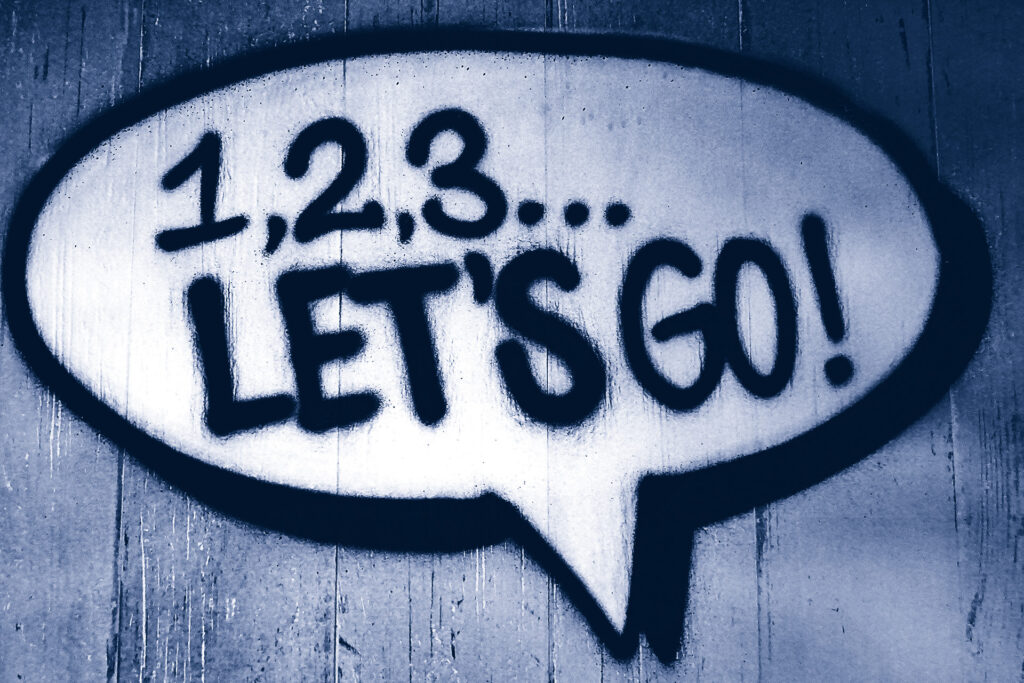Why do some business deals seem perfect on paper but fail in execution? How come clients move away from a decision? Many organizations struggle to predict and influence partnership or customer decisions accurately. Traditional approaches often emphasize tangible factors like financial projections while undervaluing psychological and relational elements. As a result, promising collaborations either never materialize or quickly deteriorate due to misaligned motivation.
Over the years, we have witnessed partnerships that seemed flawless in financial models yet faltered in execution. Similarly, we have seen manufacturers struggling to close a sale well into the final stage of a customer journey. Recognizing this recurring issue and wanting to get a grip on why a buy-in fails, I developed a framework that captures a broader range of decision-making factors. Straightforward as it is, it proves practical and easy to apply.
This framework, based on the Dutch words “moeten, kunnen, willen, gunnen,” provides a structured assessment of decision-making influences. Originally conceived as a mere business tool, the methodology also fits many other areas where complex buy-in and far-reaching decision making need a closer look.
The Framework: “Moeten, Kunnen, Willen, Gunnen”
The methodology of this framework evaluates buy-in across four critical dimensions that balance practical considerations with emotional drivers:
1. Moeten (Must) – The Necessity
The foundation of any impactful buy-in decision is a compelling reason or necessity. Without a strong “must,” the other factors may not carry enough weight to proceed. This could be a market opportunity, a regulatory requirement, or a strategic imperative.
2. Kunnen (Can) – The Capability
Even with a compelling reason, the ability to execute is critical. “Kunnen” assesses the feasibility of the decision, considering resources, capabilities, and constraints. If a company cannot act on the decision, the buy-in is unlikely to materialize, or possibly lead to disappointments or claims down the line.
3. Willen (Want) – The Motivation
Beyond practical considerations, the desire or willingness to proceed is essential. This emotional aspect acknowledges that even with the ability and necessity, individuals or organizations may still choose not to act if the motivation is lacking. In our experience, “people say what they think, but they do what they feel.” Trust and emotional alignment often tip the scales in favor of a decision. “Willen” may even be so powerful that it trumps the practical factors.
4. Gunnen (Grant) – The Preference
When faced with multiple viable options, the preference or willingness to choose one over another comes into play. “Gunnen” evaluates whether the decision-maker is inclined to favor a particular option, considering factors like trust, relationships, and strategic fit. Trust is the defining factor that can overcome doubts and drive the final decision.

Applying the Framework
Let’s consider an example: two companies exploring a partnership to strengthen their market position. Both recognize the necessity (moeten) of collaboration, as inaction could mean lost opportunities or worse. They have the resources and capabilities (kunnen) to proceed. However, cultural differences and strategic priorities affect their willingness (willen) to partner. Additionally, trust and competitive history influence whether they will grant (gunnen) the opportunity to each other.
Each component can be evaluated on a point or percentage scale to quantify buy-in likelihood:
Calculation Approach:
- Assess each dimension using relevant indicators and questions.
- Assign points or a percentage (0-100%) for each dimension based on available evidence.
- Calculate weighted averages if some dimensions are more critical in specific contexts.
- Identify the lowest-scoring dimension as the primary area for improvement.
Threshold Guidance:
- 80-100%: Strong likelihood of a positive decision.
- 60-80%: Favorable but requires attention to specific areas.
- 40-60%: Uncertain outcome requiring significant improvement.
- Below 40%: Unlikely to proceed without fundamental changes.
Example Initial Assessment:
- Moeten: 85% – Strong market pressure and opportunity cost of inaction.
- Kunnen: 70% – Complementary capabilities but integration challenges.
- Willen: 40% – Preference for independence and cultural mismatch.
- Gunnen: 55% – Competitive tension but recognition of mutual benefits.
With these scores, the partnership shows potential but faces significant resistance in the “willen” dimension. By identifying this as the primary barrier, the companies focus on addressing cultural alignment and building a shared vision. To strengthen this weakest dimension, targeted actions can be taken:
- Facilitate executive alignment workshops.
- Develop governance structures that preserve autonomy where possible.
- Launch small joint initiatives to build confidence.
- Establish conflict resolution procedures.
Revised Assessment After Intervention:
- Moeten: 90% – Increased market pressure and early success indicators.
- Kunnen: 75% – Process improvements and capability development.
- Willen: 70% – Increased buy-in through shared successes.
- Gunnen: 70% – Strengthened trust and relationship development.
Addressing the weakest area enables the partnership to progress successfully, capturing an opportunity that neither company could achieve alone.

Additional Applications of the Framework
The “moeten, kunnen, willen, gunnen” framework extends beyond business partnerships. Consider these two other scenarios:
1. High-Value Industrial Product Sale
A company is aiming to sell a high-value, high-tech industrial product to a customer. The investment in this product promises a significant return on investment (ROI) over several years and is crucial for the customer’s production of an end-product. The customer must (moeten) consider this investment to stay competitive in the market. They have the financial resources and technical capability (kunnen) to integrate the product into their operations. However, the willingness (willen) to invest in such a long-term project depends on their strategic priorities and risk appetite. Additionally, they must decide whether to grant (gunnen) the sale to this particular supplier or explore alternatives.
2. Peace Deal Decision
Consider a country at war, faced with the decision of accepting a peace deal imposed by external powers. The necessity (moeten) to end the conflict is driven by the desire to save lives and stabilize the region. The country’s leadership must assess their ability (kunnen) to implement the terms of the peace deal, considering their resources and political support. The willingness (willen) to accept the deal is influenced by public opinion, national pride, and the perceived fairness of the terms. Furthermore, they must decide whether to grant (gunnen) their acceptance to one peace deal over another, weighing the implications of aligning with different international partners.
These examples demonstrate the broad applicability of the “moeten, kunnen, willen, gunnen” framework. Whether in business or beyond, this methodology provides a structured approach to evaluating complex decisions and increasing the likelihood of positive outcomes.
The Role of Trust and Emotion
In decision-making, practical considerations (moeten, kunnen) serve as essential gatekeepers, but emotional factors (willen, gunnen) often determine the final outcome. Trust is a decisive element that can push a decision forward even when logical factors are in place. Organizations that acknowledge and address these emotional dimensions can significantly enhance their ability to secure buy-in.
Balance & Benefits
The “moeten, kunnen, willen, gunnen” framework provides a balanced view of decision-making, integrating both practical and emotional factors. It provides a clear structure for evaluating buy-in and can be integrated with other decision-making tools for enhanced effectiveness.
At LMNS, we have developed a set of assessment questions to score each component, alongside an Implementation Roadmap that guides organizations through preparation, assessment, action, monitoring, and revision. This structured approach helps identify potential obstacles early and creates a common language for decision-making.
In times of uncertainty, the “moeten, kunnen, willen, gunnen” framework offers clarity and direction, making complex decisions more predictable and actionable.
https://www.linkedin.com/pulse/moeten-kunnen-willen-gunnen-framework-evaluating-buy-in-biemans-hyame

Comments are closed